On June 1st, Guangdong issued a landmark document for the high-quality development of the manufacturing industry, presenting 22 policies.
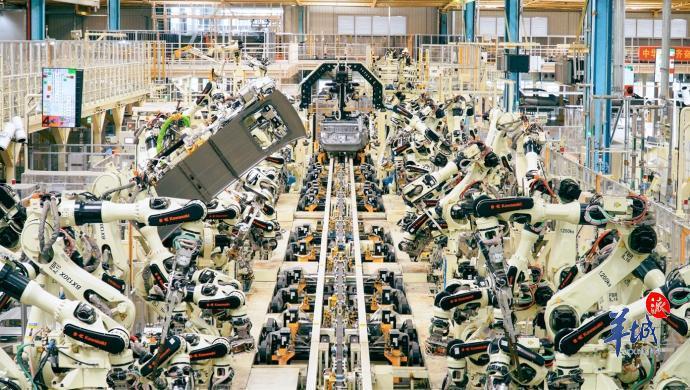
It aims to make progress in five aspects: fostering large industries, platforms, projects, enterprises, and creating a favorable business environment, with the aim of positioning the manufacturing industry as the pillar industry of Guangdong and building Guangdong into a manufacturing powerhouse.
In 2022, Guangdong's total manufacturing output value exceeded 16 trillion yuan, with the manufacturing value added reaching 4.4 trillion yuan, accounting for more than one-eighth of the country's total. The manufacturing industry is not only a crucial pillar of Guangdong's economy but also a powerful tool for its high-quality development.
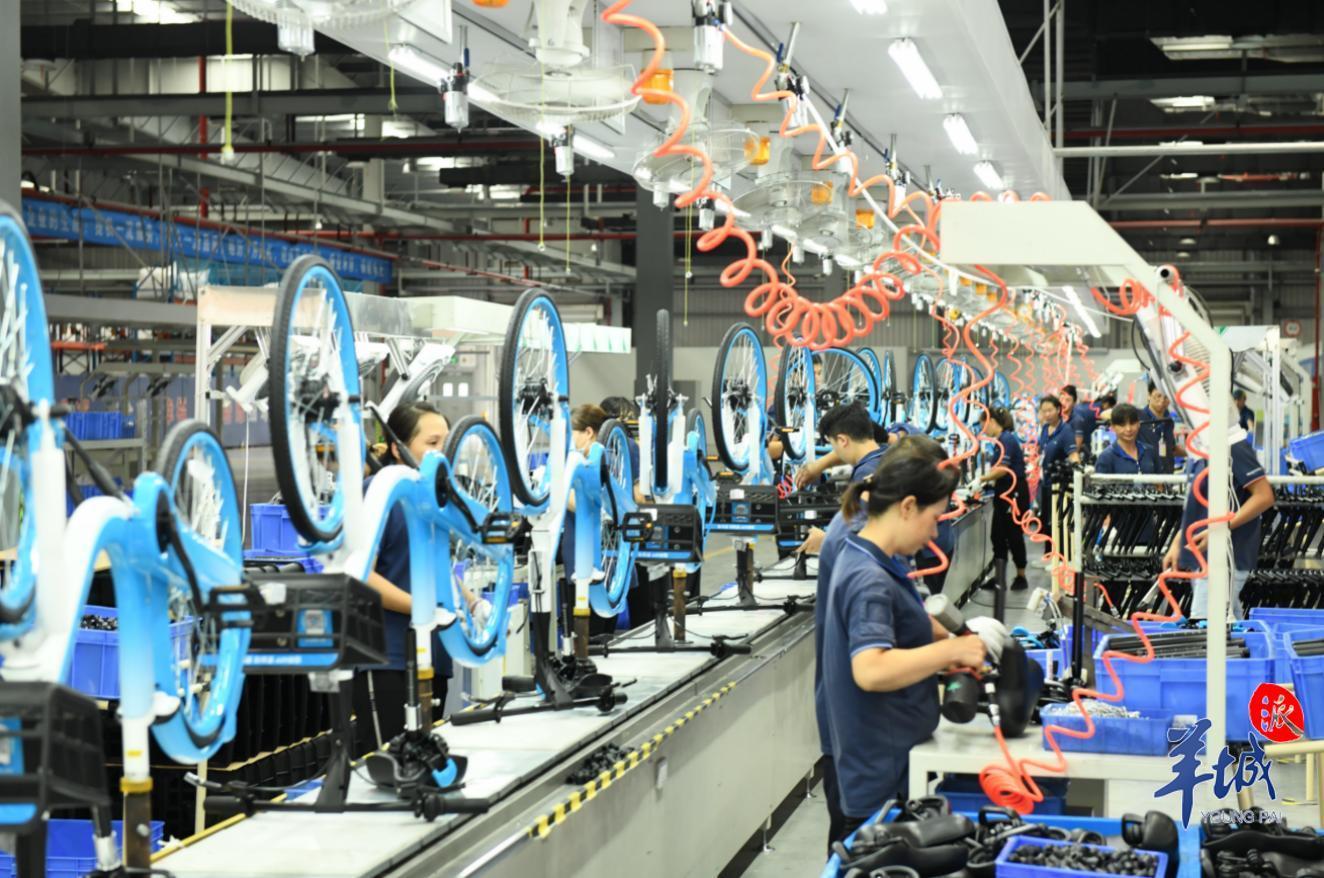
Highlights of the 22 policies
Firstly, it emphasizes a new manufacturing pattern. It sets strategic goals for Guangdong to make significant progress in becoming a manufacturing powerhouse by 2027 and achieve this status by 2035. By 2027, the proportion of manufacturing value added to the regional GDP should exceed 35%, and the proportion of value added by the manufacturing and productive services should reach 65%.
Guangdong will fully leverage the policy advantages of the Greater Bay Area, the Shenzhen Special Economic Zone, as well as the major platforms in Hengqin, Qianhai, and Nansha. It will enhance the coordinated cooperation of industrial chains and supply chains between the Greater Bay Area and the eastern, western, and northern regions of Guangdong, as well as key domestic and international areas.
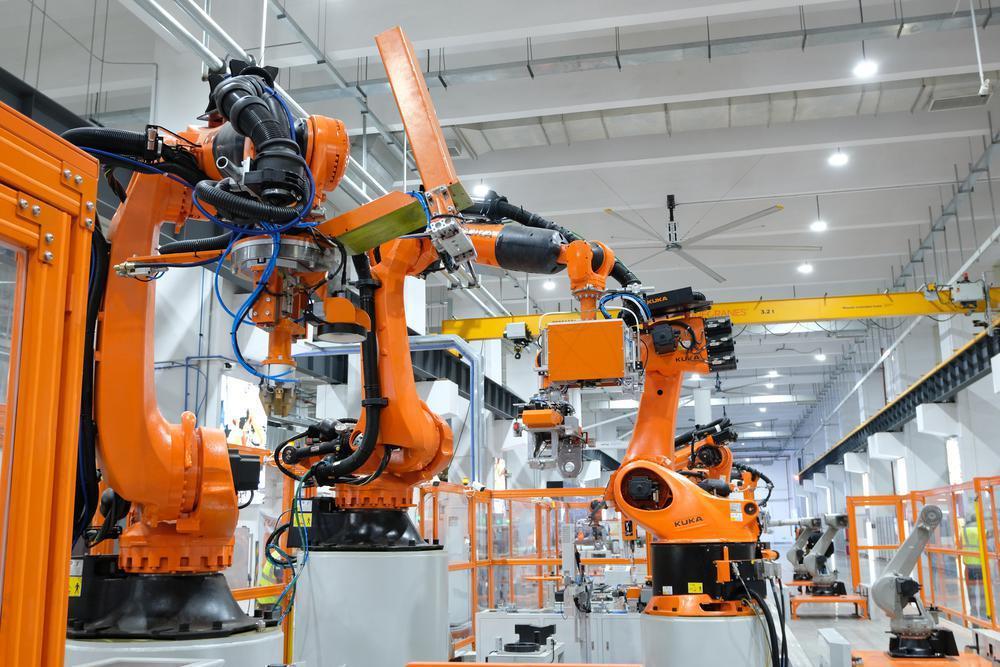
Secondly, it highlights the transformative changes and new innovative concepts. Guangdong will reform resource allocation, establishing strict constraints on the allocation of funds, land, energy, finance, and other factors from various regions and departments to the manufacturing industry. It aims to optimize the industrial development environment by focusing on "one-stop" and "once for all" solutions.
Furthermore, innovation is regarded as a core driving force. Guangdong will concentrate on the employment and cultivation of professionals, opening-up, cooperation, technological transformation, digital empowerment, and green, low-carbon initiatives in key areas. With these efforts, it will comprehensively reform fundamental industries.
Thirdly, it emphasizes the development of new growth drivers. Efforts will be made to vigorously develop industries such as new energy vehicles, new energy storage represented by energy storage batteries, marine engineering equipment, agricultural machinery, and the food industry. The goal is to cultivate 3-4 strategic industry clusters with a total output value of over one trillion yuan and 4-5 strategic emerging industry clusters with a total output value of over 500 billion yuan.
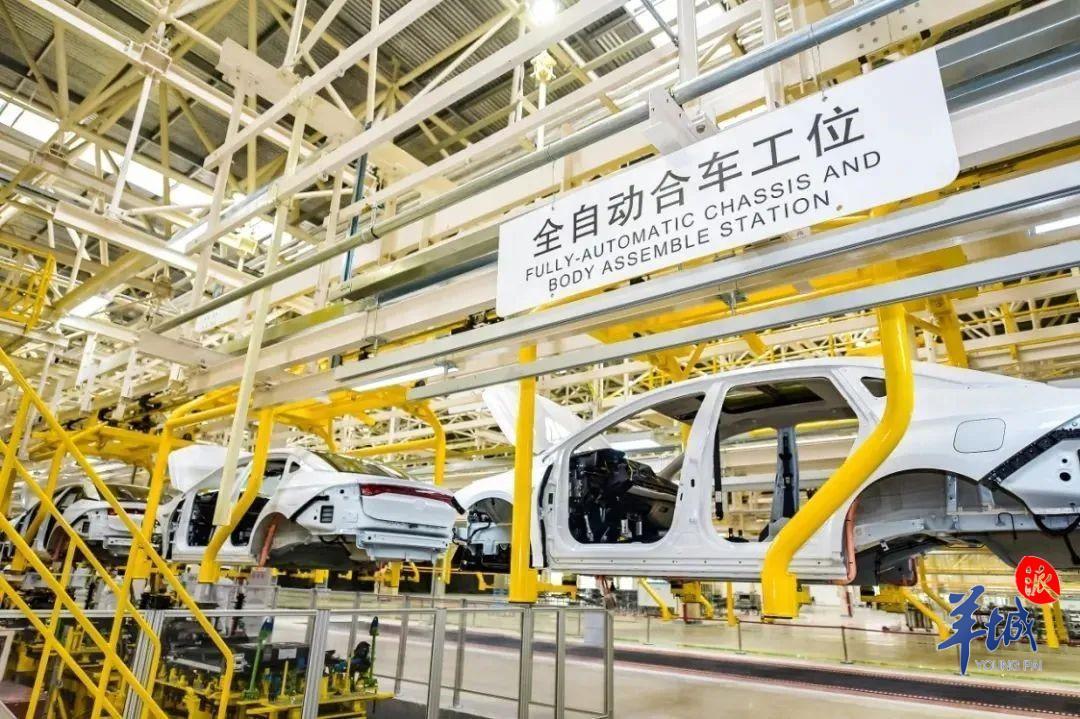
By optimizing the procedure for constructing major projects, the province aims to promote a significant increase in industrial investment and investment attraction. The goal is to achieve an average annual increase of over 100 billion yuan in industrial investment compared to the previous year. Additionally, more than 9,000 industrial enterprises will be encouraged to undergo technological transformations each year.
Guangdong will advance the construction of 7 large industry cluster districts and 15 main platforms for orderly industrial relocation, aiming to create around 30,000 mu of high-level industrial platforms with an output value of over 100 billion yuan.
广东:到2035年新增3-4个万亿元级产业集群
6月1日,广东发布制造业高质量发展的纲领性文件,共提出22条意见,着力实施大产业、大平台、大项目、大企业、大环境“五大提升行动”,统筹推进坚持制造业当家、建设制造强省各项工作。
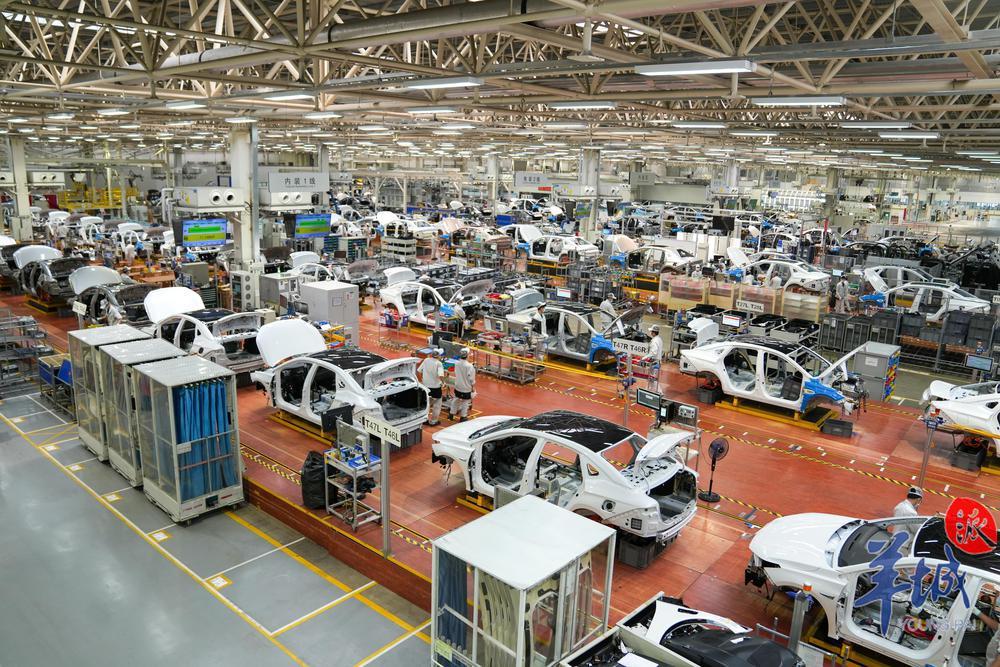
2022年广东制造业总产值突破16万亿元,全部制造业增加值4.4万亿元,占全国的八分之一强。可以说,制造业既是广东深厚的“家当”,也是广东高质量发展的“利器”。
广东出台的22条意见有何新亮点?
一是突出制造新格局。确定了2027年制造强省建设迈上重要台阶、2035年全面建成制造强省的战略目标。到2027年,制造业增加值占地区生产总值比重达到35%以上,制造业及生产性服务业增加值占比达到65%。
充分用好粤港澳大湾区、深圳中国特色社会主义先行示范区,以及横琴、前海、南沙等三个重大平台建设的政策优势,全面加强粤港澳大湾区与粤东粤西粤北地区、国内国际重点区域的产业链供应链协同合作。
二是突出变革新气象和创新新理念。广东将实施资源配置改革,对各地区各部门投向制造业的资金、土地、用能、金融等要素形成硬指标约束,以“一次不用跑”“一次性解决”为导向优化产业发展环境。
广东还把创新作为核心动力,聚焦关键领域,在人才引育、开放合作、技术改造、数字赋能、绿色低碳等方面同时发力,全面实施产业基础再造工程。
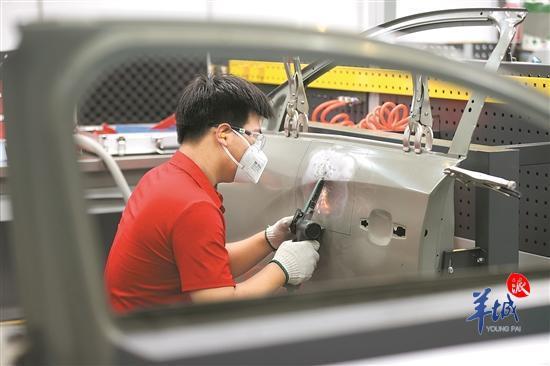
三是突出发展新动能。大力发展新能源汽车、以储能电池为代表的新型储能、海洋工程装备、农业机械、食品工业等,培育新增3-4个万亿元级战略性产业集群和4-5个超五千亿元级战略性新兴产业集群;优化重大项目建设全流程服务,推动工业投资跃增、招商引资增量倍增,工业投资年均同比新增超过1000亿元,每年推动9000家以上工业企业开展技术改造;推进7个大型产业集聚区和15个承接产业有序转移主平台建设,打造30个万亩空间左右、千亿产出以上的高能级产业平台。
文 | 羊城晚报全媒体记者 孙晶 莫谨榕
翻译 | 卢茂龙









